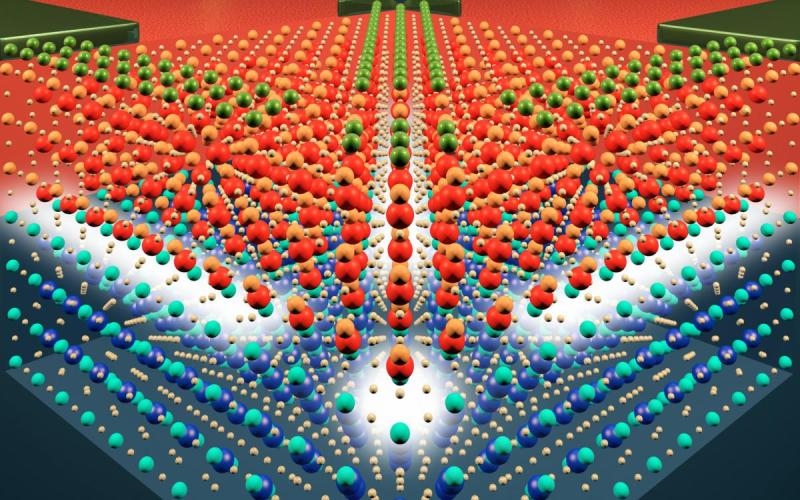Electron based transistors created

More than a year has passed since the creation of an atom-sized transistor (December 7, 2009). Scientists at the University of Pittsburgh, have surpassed the technology of Dr. Mikko Mettonen and created a transistor consisting of one electron, which is now a “brick” in the building of more powerful processors, advanced electronic materials and basic components of quantum computers.
In the journal "nature nanotechnology", the researchers report that the central component of the transistor - an island with a diameter of 1.5 nanometers - that works by connecting only the 1st or 2 electrons. This possibility makes this transistor indispensable in the field of computing applications, from super-dense memory to quantum processors and powerful devices that promise to solve problems that are so complex that all current computers in the world cannot be solved together over billions of years.
Also, “nanoislands” can be used to develop an artificial atom to develop a whole class of electronic materials, such as exotic superconductors with properties that are absent in nature, explained main researcher Jeremy Levy, professor of physics and astronomy at the Institute of Arts and Science of Pitt and Sciences).
')
Levy and his colleagues named their device SketchSET (sketch-based single electron transistor) or a single-electron transistor named after the equipment developed in the Levy laboratory in the 2008th year (Etch A Sketch). Using a sharp probe conductor of an atomic force microscope, it can create electronic devices such as nanometer-sized wires and transistors based on strontium titanate crystals and a 1.2-nanometer-thick layer of lanthanum aluminate (Lanthanum Aluminate).
The number of electrons on one island can be zero, one, or 2. Depending on the number of islands, different conductivity properties are based. Wires that come from transistors can also hold on themselves a few electrons around the island.
As Levi explained, one of the advantages of a single-electron transistor is its high sensitivity to electron charges. Another property of oxides, on the basis of which the transistor is created, is ferroelectricity, which allows the transistor to perform the role of a semiconductor memory. The state of ferroelectricity, in the absence of external energy, can control the number of electrons on an island, which can be 1 or 0 in a memory element. According to Levi, a computer whose memory is based on this technology can store memory even when the processor is without power.
VIA Science Daily
Source: https://habr.com/ru/post/118137/
All Articles